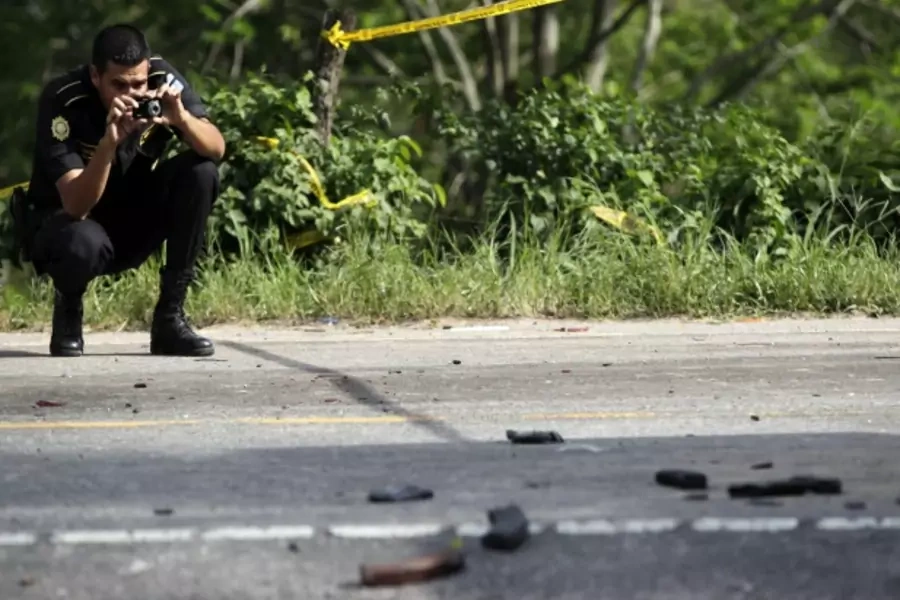America’s Role in Reducing Violence in Central America

More on:
A casual observer of world events might believe that interstate wars, civil wars, and terrorism, given the prominence of media coverage, are the primary causes of violent deaths. In fact, of the estimated 526,000 people killed by lethal violence in 2010, only 10.5 percent were direct conflict deaths—in other words, due to armed conflict, political violence, or terrorism. Victims of intentional homicide account for a staggering 75 percent of all violent deaths.
The region suffering the brunt of lethal violence is Central America, which has an average rate of 29 victims per 100,000 people, followed by Southern Africa (27) and the Caribbean (22); in comparison, the homicide rate in the United States was 4.5. In some cities, violence has reached unprecedented levels. Last year, San Pedro Sula, Honduras, overtook Ciudad Jaurez, Mexico, as the most violent city in the world with 159 homicides per 100,000 people.
The vast majority of victims in Central America are due to homicides, which have nearly doubled in the past five years. The primary force behind the high homicide rates is increasing transnational criminal activity, fueled by the region’s strategic location between the major drug producers in Latin America and the illicit drug markets in the United States. Moreover, Central American governments either lack the capability or the will to confront the many security and governance challenges posed by drug trafficking organizations. As General Douglas Fraser, commander of U.S. Southern Command, testified last month, the drug cartels have “better equipment…and in cases, yes, they are better equipped than their military and law enforcement counterparts.”
What, if anything, the United States should do to reduce the specter of criminal violence in the Central American isthmus—comprising Guatemala, Honduras, El Salvador, Nicaragua, Costa Rica, Panama, and Belize—is the focus of a new Council Special Report from the Center for Preventive Action, Countering Criminal Violence in Central America.
The report, written by Michael Shifter, president of the Inter-American Dialogue, argues that the United States has fundamental interests at stake in Central America, including building stable democratic institutions, expanding trade relations, reducing the supply of illicit drugs, and preserving demographic ties (three million Central Americans live in the United States and provide essential remittances).
While Shifter notes that, ultimately, Central American countries should shoulder the responsibility to reduce and eliminate criminal violence, he offers several policy recommendations for the U.S. government:
- Share best practices from Colombian and Mexican agencies with their Central American counterparts;
- Reallocate U.S. funding to Central America (currently around $300 million) from narcotics interdiction and foreign military assistance to building institutional capacity within police and judicial systems; and
- Provide technical and financial support to secure the capture and conviction of high-profile organized criminal leaders.
Finally, Shifter argues that the United States has a moral responsibility to reevaluate its domestic policies that aggravate criminal violence in Central America by:
- Reducing the demand for drugs in the United States by reallocating resources toward prevention and treatment.
- Taking greater precautions to prevent lethal weapons that originate in the United States from entering the region.
- Enhancing information sharing on criminal deportees to Central America.
The U.S. government has a window of opportunity to reach out to Central American governments and strengthen partnerships in order to combat rising criminality. Policymakers and regional analysts will be closely following the Summit of the Americas, beginning on Saturday, April 14, where leaders will make the case for increased attention and assistance to President Obama.
More on:
 Online Store
Online Store